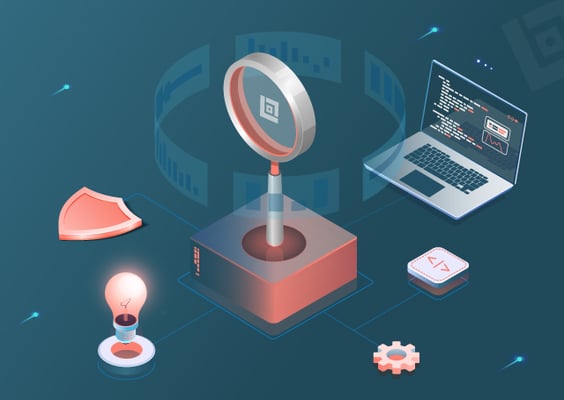
Each month, our Advanced Technology group evaluates the latest QA testing tools and we help pass on their findings to you. This month, we give you a few helpful tips on creating test data along with overviews of Protractor and JNA. These updates will help boost your team's efficiency and overall productivity while keeping you in the loop with the latest industry tech standards.
Latest Support Updates from July 2015:
- Jenkins has released version 1.624, which includes internal performance upgrades.
- Selenium WebDriver's new version 2.47 features a variety of bug fixes.
- Appium's new version 1.4.10 fixes a bug evident in the previous release.
Tips for Test Data Creation:
- Create your test data at the beginning of each test. This will help expedite the test process and your release time overall.
- Be sure to always use files which are not corrupted and compatible with the application.
- Utilize an automation tool to create heavy test data and automate your testing process.
- Remember to include negative inputs to test applicable negative scenarios.
- Work with developers to create the most effective test data if necessary.
- Include both supported and unsupported formats in the test data.
Tool and Technology Overview:
Protractor is an open source functional automation framework. It is designed specifically for AngularJS web applications and introduced during AngularJS 1.2 as a replacement of the existing end-to-end testing framework. As a wrapper for Selenium WebDriver, it shares all available features. Protractor provides new locator strategies and functions which are helpful in automating the AngularJS application.
JNA (Java Native Access) is a library that provides easy access to native shared libraries for Java programs. Native libraries are used to provide access when Java lacks a necessary API (USB ports, scanning device, etc.). It uses native library foreign function interface library (libffi) to invoke native code. JNA takes the place of JNI (Java Native Interface), which uses the cumbersome method of calling native code from the Java application.
To review our past technology updates, click here. For more premium content like this, follow QASource on LinkedIn and Facebook!






